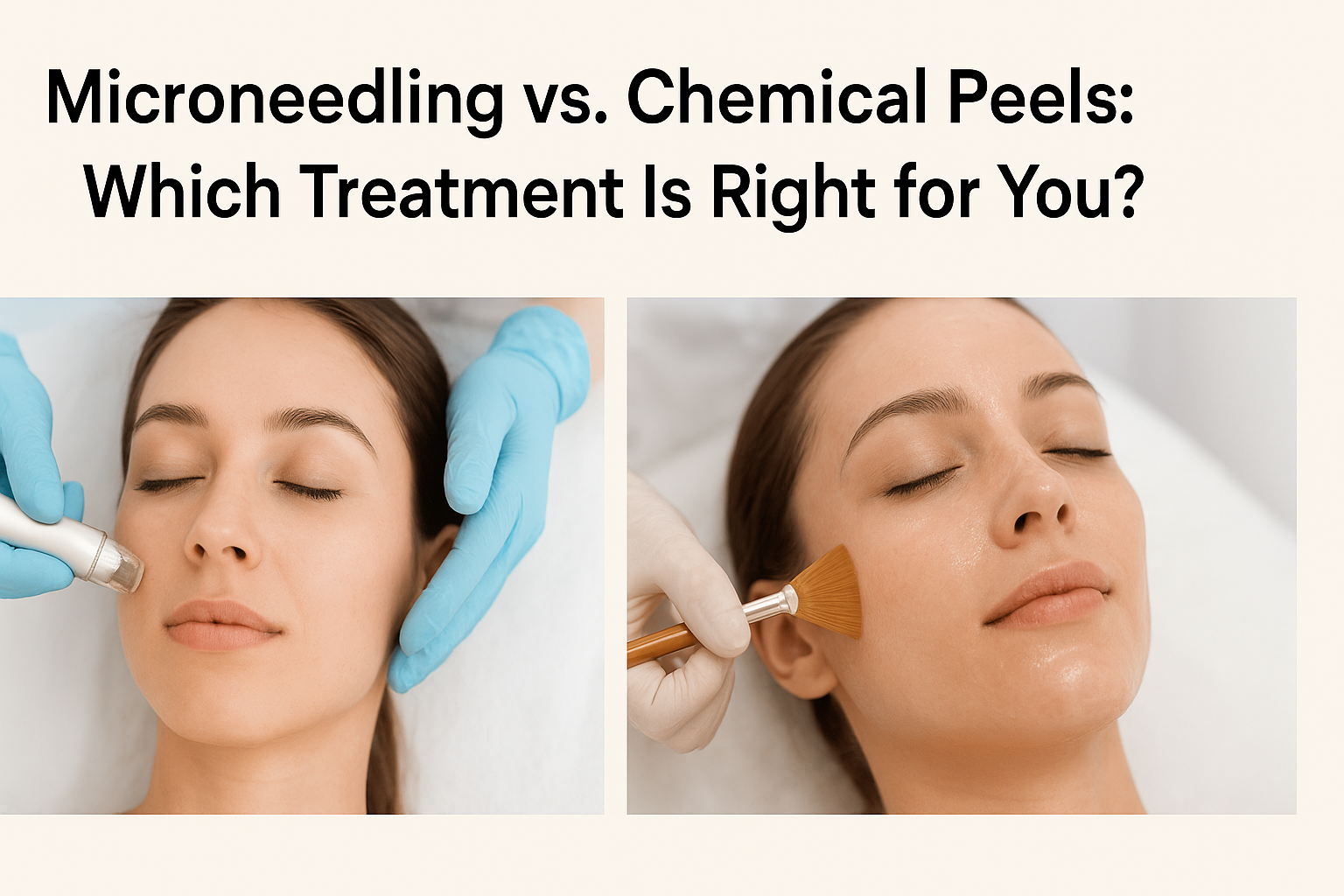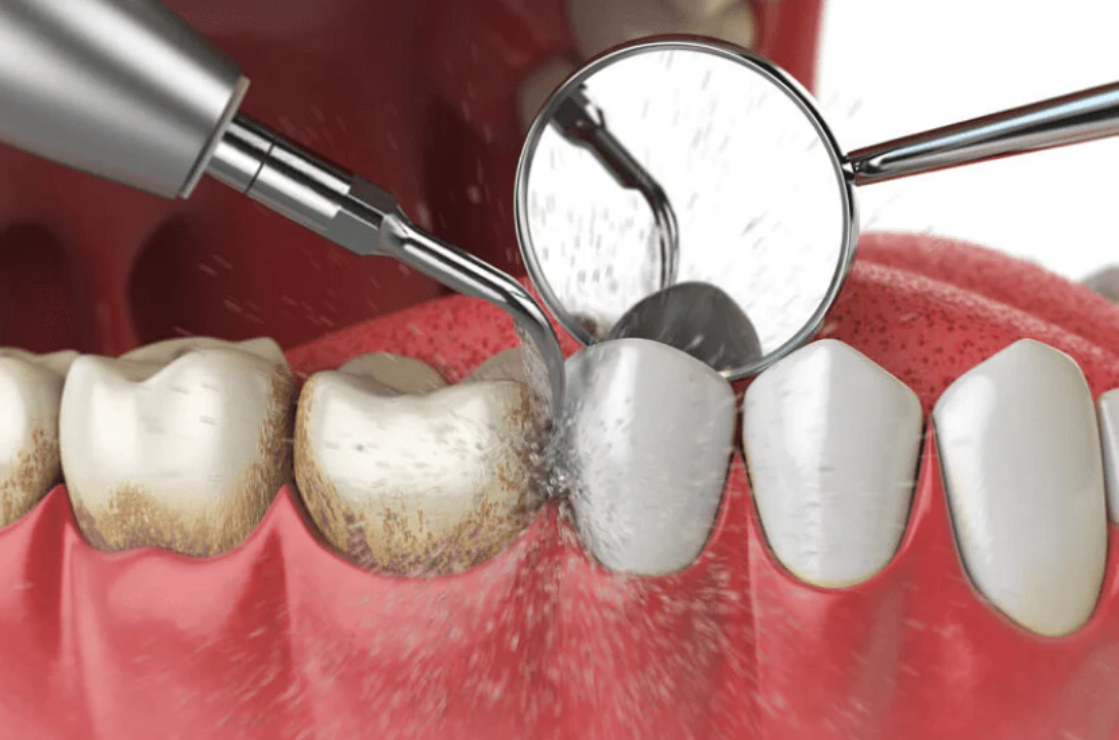Microneedling vs. Chemical Peels: Which Treatment Is Right for You?

When it comes to improving skin texture, reducing scars, and achieving a radiant glow, two of the most popular treatments offered in dermatology clinics are microneedling and chemical peels. Both have proven track records in rejuvenating the skin, but they work in different ways and are suited for different skin concerns. Understanding the difference is key to choosing the right procedure for your goals.
What Is Microneedling?
Microneedling, also known as collagen induction therapy, uses a device fitted with fine, sterile needles to create micro-injuries in the skin. These tiny punctures stimulate the body’s natural healing process, triggering collagen and elastin production.
Benefits of Microneedling:
-
Reduces acne scars and pitted scars
-
Improves skin texture and firmness
-
Minimizes fine lines and wrinkles
-
Reduces pore size
-
Enhances absorption of skincare products
Best For: People with acne scars, enlarged pores, mild skin laxity, or early signs of aging.
What Are Chemical Peels?
Chemical peels involve applying a chemical solution to the skin, which exfoliates the top layer, removing dead cells and encouraging new cell growth. Peels are categorized into superficial, medium, and deep based on penetration levels.
Benefits of Chemical Peels:
-
Improves uneven skin tone
-
Reduces pigmentation and sun damage
-
Smoothens fine lines
-
Treats superficial acne scars
-
Brightens dull skin
Best For: People with hyperpigmentation, sunspots, uneven skin tone, or mild wrinkles.
Microneedling vs. Chemical Peels: Key Differences
| Feature | Microneedling | Chemical Peels |
|---|---|---|
| Primary Goal | Stimulates collagen and elastin | Exfoliates and resurfaces skin |
| Best For | Scars, texture, pores, wrinkles | Pigmentation, tone, surface wrinkles |
| Downtime | 1–3 days (redness) | 2–7 days (peeling) |
| Discomfort Level | Mild prickling sensation | Mild to moderate stinging |
| Frequency | Every 4–6 weeks | Every 4–8 weeks |
Which Treatment Should You Choose?
Your choice depends on your specific skin concerns:
-
For Acne Scars & Pores: Microneedling is more effective as it addresses deeper layers of the skin and promotes collagen remodeling.
-
For Pigmentation & Sun Damage: Chemical peels target the surface layer, making them ideal for lightening spots and evening skin tone.
-
For Fine Lines: Both can help, but microneedling works from within, while peels smooth the outer layer.
-
For Dull Skin: A mild chemical peel gives instant brightness, whereas microneedling offers gradual improvement over weeks.
Can They Be Combined?
Yes! Many dermatologists recommend combining microneedling and chemical peels in a treatment plan for comprehensive results. For example, microneedling may be performed first to stimulate collagen, followed by a light peel to enhance surface smoothness and radiance.
Downtime and Side Effects
Both treatments are minimally invasive but require aftercare:
-
Microneedling: Temporary redness and mild swelling; avoid sun exposure and harsh skincare for a few days.
-
Chemical Peels: Peeling and flaking for several days; apply gentle moisturizers and sunscreen diligently.
Neither treatment is suitable for active skin infections or certain medical conditions, so consultation with a qualified dermatologist is essential.
Cost Considerations
In Canada, the cost of microneedling typically ranges from CAD $250 to $700 per session, depending on the clinic location, practitioner expertise, and treatment area. Chemical peels are generally more affordable, starting at CAD $150 to $400 per session.
For optimal results, multiple sessions are often recommended for both treatments, and combination therapy packages may offer better value.
Final Thoughts
Both microneedling and chemical peels are powerful skin rejuvenation treatments, but their suitability depends on your skin type, concerns, and desired results. If you’re unsure, a skin assessment by a dermatologist can help you make the right choice.
If you want deeper collagen remodeling, microneedling surrey is your best bet. For surface-level pigmentation and instant glow, a chemical peel is ideal. And for ultimate results, a combined approach may offer the most noticeable and long-lasting transformation.







